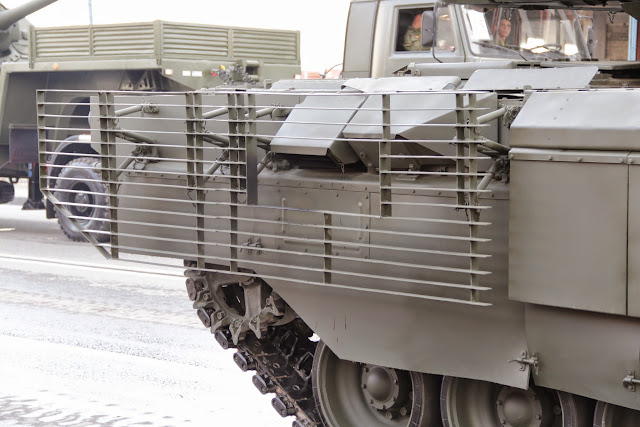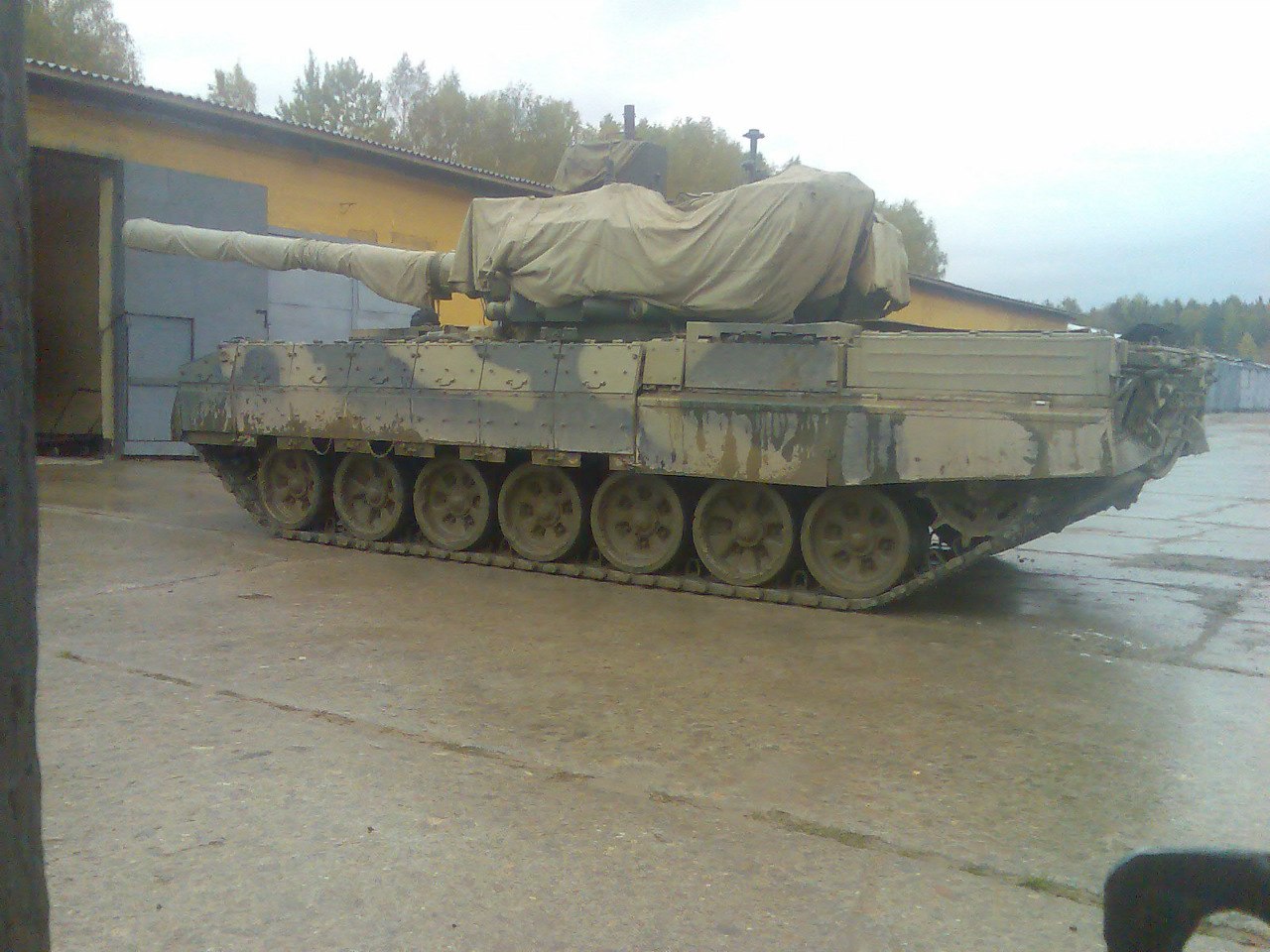Auto loaders are being used more and more. The Russians and Chinese have always used them but now the South Korean K-2 uses it, the French Leclerc uses it as well, so does the new Japanese Type 10 tank. Everyone
on the internet is critical of auto loaders yet more tanks are using them, therefor they must be reliable otherwise no one would gamble on them. I'm not a tank engineer but the first thing that comes to mind in case of a malfunction would be a mechanical extractor, if i can think of a mechanical extractor i'm sure that engineers have thought about it as well. Moreover, the Armata should have a compartment inside the turret to load ammunition and perform maintenance, meaning in a worst case scenario one of the crew members could clear a malfunction. The main point is that autoloaders have been around for many decades, the Russians have the most experience with them, so far they have been reliable enough to where they decided to go with an auto loader with the Armata, and as mentioned before many countries are now continuing the trend of autoloaders.
Take a look at the hatch configuration:
View attachment 217872
First note the crew all sit together unlike on a traditional tank where the entire crew is scattered through the tank in parts of the tank that are considered vulnerable. Note the hatch thickness which is by far thicker than any current tank that i know of. This is not bragging but simply pointing out that if the roof is that thick then imagine how well the glacis is armored, the same goes for oblique armor on the side of the tank. The entire crew is separated from the rest of the tank meaning that the crew should still be able to survive as long as their capsule is not breached, even if the turret is breached or blown off due to an IED which would usually kill the entire crew of a traditional tank, the same goes for the chassis, as long as the capsule on the Armata is not breached the crew should survive where as on a traditional tank if the chassis is breached the crew sustains serious injury or death. As for your scenario of one crew member being down in the Armata, the same hypothetical scenario would also apply to a 4 man crew, if one man is down then the tank is simply not as affective or ineffective period. The Armata is also very automated (confirmed) and i would guess it had redundant systems to where commander and gunner can do their jobs interchangeably.
I'm not sure how they do it in Australia but in Russia tanks never go it alone, they are always supported by other tanks or are closely supported by infantry fighting vehicles and most importantly
combat recovery vehicles. No one gets out and repairs tanks on the front line, that is where armored recovery vehicles are called in. If a tank such as the armata is damaged or breaks down and the crew is hell bent on repairing the vehicle themselves then they can do that too, yes they are one man short compared to an Abrams or Leo but the job can still be done and other vehicle/troops can give them assistance whether it be to help fix the tank or provide a secure perimeter.
Some people are still grasping on to the old fashioned 4 man crew with manual autoloader. I'm not saying it's a bad thing but tanks have changed a lot from the 1960s and 1970s. A 4 man crew is becoming obsolete, that is why so many countries are switching to auto loaders. One can argue all day why a 4 man crew is better then a 3 man crew and then the argument can go the other way too.
G'day Mate
Being used by many of the country does not means the system is without flaw, there are traditional flaw associated with known autoloader design, being used by many country would not change that fact, it's just means that those country see that the benefit outweighed the flaw.
Russian uses autoloader so they can save up one man on each tank and mount them on Mobile SAM, as per soviet doctrine dictated, other such as Japan, Korea, Israeli and French uses them because they can operate more tank per crew on an otherwise depleted man power. However, I do not know why the Chinese uses autoloader.
Mechanical extractor can only work with the old carousel system as the whole system is detached to the barrel and connected via a cassette and the arms where the crew can easily detaches those. However, revolver/bustle autoloader are connected with a shroud and it is quite hard to get it out in a confined space for the mechanical extractor to work.
As a tank crew myself, the weak spot of the tank is not on any of the top, hatch or side armour, but the bottom, in the modern day battlefield, IED from underneath which usually remain the thinnest armoured portion of the tank (And IED do not blown out the turret) Other method such as sonic kills, or kinetic kills would also harm the crew no matter where they were sitting or how thick the armour are within the capsule.
Tank cannot be encapsulate by armour for a whole lot of reason, and tank crew would be killed or incapacitated either turned in or out, and I am talking about the situation in its eventuality, which no armoured is perfect, and if that happens, you would want a 4 man crew instead of 3 man.
For a tank to function, you need to have at least 3 crew operating a tank, you need a driver to move the tank, a commander to scan for target and a gunner to shoot the gun, with a 3 men crew, you can do all that, however, if you down a man in a 3 men crew, then you will have to choose between driving the tank, firing the gun or spotting the target, it's not at a reduced effectiveness, but rather reduced function and combat power, simply because firing the gun, spotting for target and moving are equally important. It's a whole lot different than you can do all 3 with a slower shot each time on a 3 men crew without an autoloader. This is something not automation can replace, unless the automation on an Armata tank can driven themselves or look for target itself or recognize the target and choose which round to use for each target, otherwise 3 crew is the basic minimum need for a tank to function, period, not just about its effectiveness.
And finally, what you were talking about is the scheduled maintenance stop (We called a LOGPAC), in an Abrams, there are 2 scheduled LOCPAC a day for keeping the tank in operational status. Basically, a LOCPAC is like taking your car to the garage for service, you have a team of mechanic and technician who will check your filter, oil level, tracks status and suspension while you take on fuel and ammunition.
However, this is not what I referring in my post, what I was talking about is the field maintenance bit, see, driving a tank is much like flying an aeroplane, before you start your tank each day and after every combat, you need to do quite a lot of check on the tank to make sure its on the top of its game. Before you start the tank, you need to check if the suspension is on the right height, run a diagnostic on the gun control computer, calibrate the gun, check the track, check the battery, check the ammunition and so on, and you don't have a team of mechanic following you as you are in the field, forward deployed. That means you have to do all the check yourselves, and it would of course take longer for a 3 men crew than a 4 men crew.
Davos



























